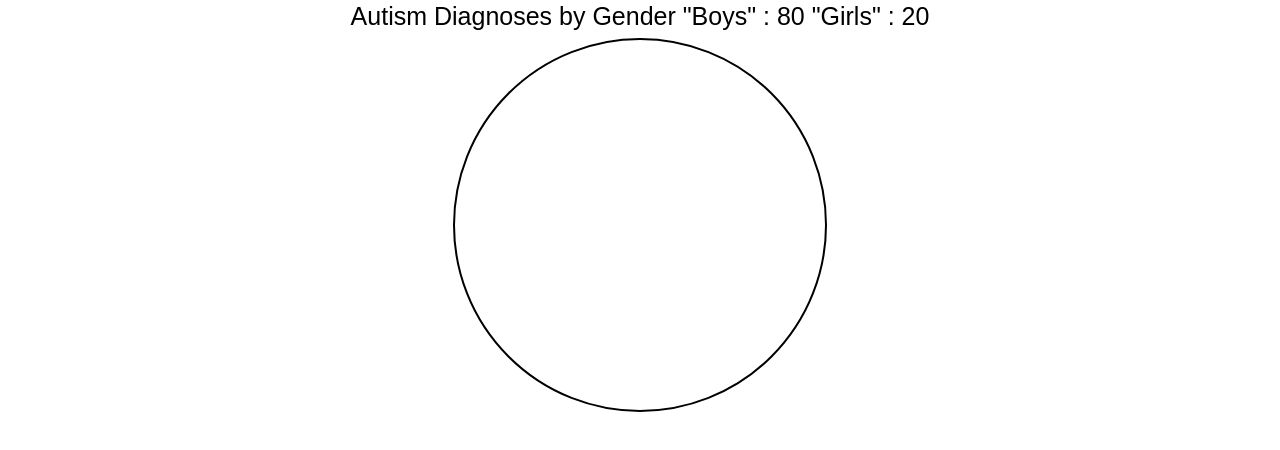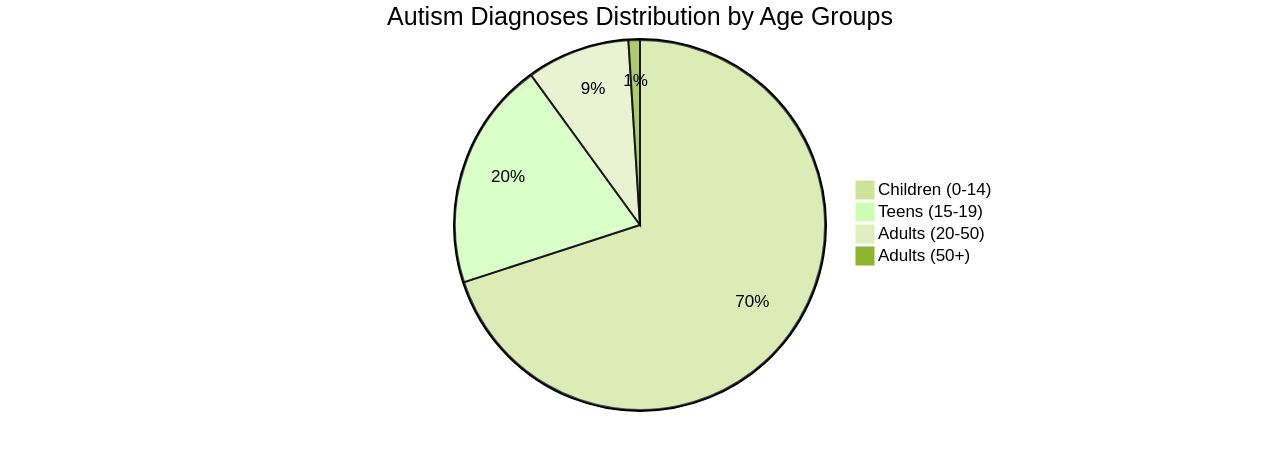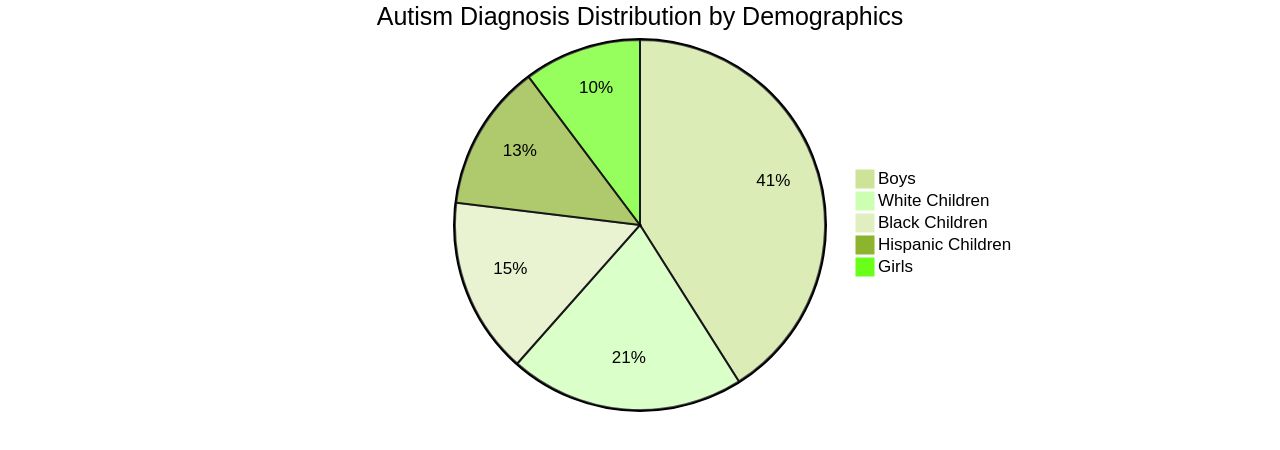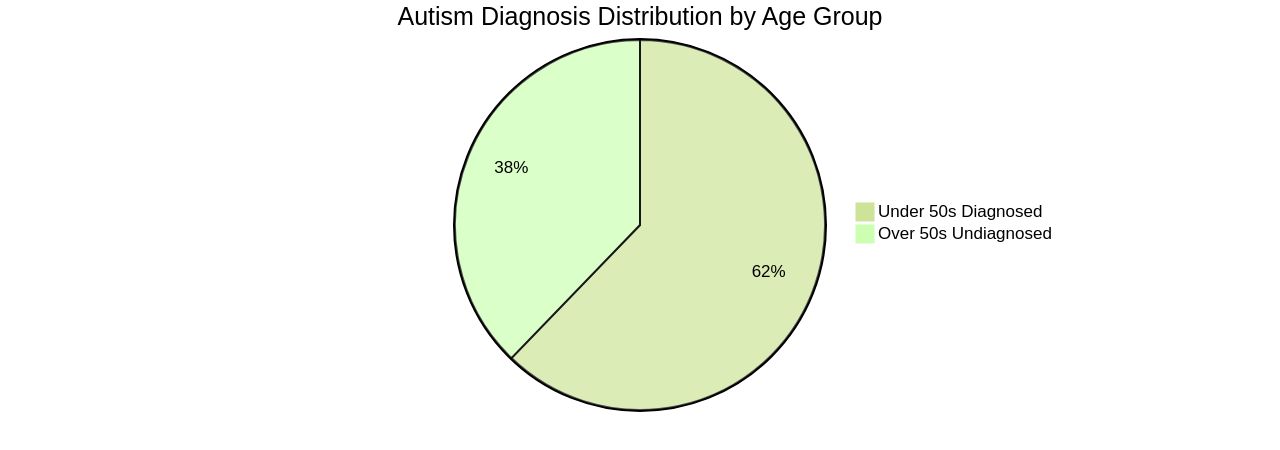Introduction
Autism is a complex neurodevelopmental disorder that affects social communication and behavior. Recognizing the traits associated with autism is crucial, and self-assessment can help in identifying these characteristics.
In this article, we will explore the importance of autism self-assessment, how to get started, and the process of conducting the assessment. We will also discuss interpreting the results and seeking professional guidance. Join us on this journey to better understand autism and empower yourself as a Parent Advocate.
What is Autism Self-Assessment?
Autism is a complex neurodevelopmental disorder that manifests through a spectrum of behaviors and challenges in social communication and repetitive patterns of behavior. Understanding these traits is critical, and self-assessment can serve as a preliminary step to recognize autism-related characteristics.
The process typically involves a detailed questionnaire that prompts introspection about one's own or their child's developmental history, social interactions, and behavioral patterns. It's important to note that the Diagnostic and Statistical Manual of Mental Disorders, Fifth Edition (DSM-5) describes the core features of autism as being present from early childhood, although they may not become fully apparent until later when social demands exceed one's coping strategies.
Research has debunked myths about autism's origins; it is not caused by vaccines, parenting styles, or nutrition. Instead, it's believed to have a genetic basis, although no single gene has been pinpointed.
Structural brain differences have been observed in those with autism compared to neurotypical development. As per recent findings, early identification and intervention are key, with children diagnosed by age 4 being fifty times more likely to receive essential services.
Yet, disparities persist; a study highlighted that White and Black children are more frequently diagnosed than Hispanic children, who face barriers such as stigma and limited access to healthcare. Boys are approximately four times more likely to be diagnosed than girls, potentially due to differences in how autism presents across genders. Despite these challenges, with the right support and acceptance, individuals on the autism spectrum can experience fulfilling lives. In the quest for early detection, healthcare providers are integrating autism screenings into routine check-ups, enabling support and services to reach families sooner. Recent advances also suggest that with specialized training, primary care clinicians can accurately diagnose autism in most cases, potentially reducing the long waits for specialist evaluations.

Why is Autism Self-Assessment Important?
Understanding one's autistic identity is an enriching journey that involves recognizing the unique constellation of strengths, challenges, and differences each individual holds. The process of self-assessment in autism allows for a greater appreciation of one's distinctive traits and paves the way for developing coping strategies for social interactions, sensory sensitivities, and daily life navigation.
While formal testing may be inconclusive or unnecessary for some, self-identification as autistic is widely accepted within the autism and neurodivergent community. This inclusive approach acknowledges the inherent flaws in the medical testing model and empowers individuals to seek the support they need without the barriers of an official diagnosis.
Autism, a lifelong condition characterized by distinct communication, socialization, and behavioral patterns, affects at least 1% of the global population. Recent data from Northern Ireland suggests a prevalence of 4.7% in school-aged children.
However, disparities in diagnosis rates exist, with underrepresented groups often lacking recognition and support. Awareness and understanding of autism have improved, leading to a rise in diagnoses, particularly since the late 90s and 2000s when diagnostic criteria expanded.
Despite this progress, many adults, especially those over 50, remain undiagnosed due to the lower awareness and testing efficacy of the past. The DSM-5 outlines the criteria for diagnosing autism, emphasizing that core features should be present from early childhood. Nevertheless, for some, the manifestation of these symptoms may not be apparent until later in life when social pressures exceed their coping abilities. It is crucial to remember that autism is not the result of parenting style, nutrition, or vaccines; instead, it likely has a genetic basis, although no singular gene has been identified as the cause. The journey to understanding and thriving with autism is strengthened through support, self-advocacy, and community acceptance, allowing autistic individuals to lead fulfilling lives.

Getting Started with Autism Self-Assessment
Embarking on the journey of autism self-assessment begins with understanding the condition itself. Autism, a neurodevelopmental disorder, presents through a range of social, communication, and behavioral challenges. It's important to acknowledge that these signs can be subtle and may not be fully apparent until social expectations surpass an individual's coping abilities.
This is why the DSM-5 emphasizes the importance of early childhood signs, although they may become more pronounced with age or due to significant life changes. As you prepare for self-assessment, it's vital to choose an assessment tool that's been acknowledged by experts. According to the latest research, properly trained community-based providers can accurately diagnose autism in 82% of cases, which is a promising development for those facing long wait times for specialist evaluations.
This underscores the value of selecting a reputable resource for your assessment. Remember, while an official diagnosis can be critical for accessing certain supports, the autistic and neurodivergent community also recognizes the validity of self-diagnosis, particularly when formal testing may yield inconclusive results. It's equally essential to create a private and focused setting to ensure the assessment reflects your true experiences.
Statistics reveal that early diagnosis is key, with children identified by age 4 being fifty times more likely to receive necessary services. Unfortunately, disparities persist, with research showing that boys are about four times more likely to be diagnosed than girls, and children of color may face delayed diagnoses. By taking a proactive approach to self-assessment, you're taking a critical step towards understanding and advocating for your needs or the needs of someone you care about.

Conducting the Autism Self-Assessment
Autism, a neurodevelopmental disorder characterized by challenges in social interaction, communication, and repetitive behaviors, is not uniformly experienced; it presents across a spectrum of symptoms and severities. The process of understanding autism begins with recognizing its early signs, which can be observed in children as young as 12–14 months. Contrary to misconceptions, autism is not caused by vaccines, parenting styles, or nutrition.
It often has a genetic component, suggesting a hereditary aspect, though no single gene has been pinpointed as the cause. The DSM-5 outlines the criteria for diagnosis, emphasizing that core features of autism should be present in early childhood, but full manifestation may not occur until later when social demands exceed the individual's adaptive capabilities. Self-assessment tools, such as questionnaires, checklists, and rating scales, can be valuable, especially when access to specialists is limited.
Recent studies show that trained community-based providers can diagnose autism accurately in 82% of cases, a promising development given the critical nature of early intervention. Early treatment aims to enhance the individual's functioning, address co-occurring conditions like anxiety or depression, and support their development. With males four times more likely to be diagnosed with autism than females, awareness and education are vital.
The prevalence of autism in Australia has been rising, not due to an increase in the condition itself, but because of broader diagnostic criteria and greater awareness. The data reveal a 20-fold increase in diagnoses among adults under 30, underscoring the importance of understanding autism across the lifespan. For families navigating this journey, knowledge is power, and understanding autism's nuances can foster compassion and support tailored to each individual's unique needs.

Interpreting the Results and Seeking Professional Guidance
Interpreting the results of an autism self-assessment requires meticulous attention. The assessment scores not only highlight areas where an individual excels but also pinpoint challenges that may necessitate further professional evaluation.
The DSM-5 criteria emphasize that the core features of Autism should be present from early childhood, and while Autism is usually evident by age 3, diagnosis and intervention should start as early as possible. The diagnosis of Autism Spectrum Disorder (ASD) leans heavily on descriptions provided by parents or caregivers and observations made by professionals.
It's essential to consult a qualified healthcare professional, such as neurodevelopmental pediatricians or child neurologists, who can offer a detailed analysis of the results using tools like the ADI-R and ADOS-G, which assess behavior in key areas of concern. According to a recent study, properly trained community-based providers can align with autism specialists on diagnoses in 82% of cases, which could significantly reduce the long waits for specialist appointments.
Despite a rise in autism diagnosis, as reported by the CDC, with a prevalence now at 1 in every 36, it's crucial to recognize that the median age for diagnosis is over 4 years, although it can be reliably identified by age 2. This delay in diagnosis leads to a delay in accessing vital intervention services. Moreover, the current diagnostic rate for boys is approximately 4 times higher than for girls, suggesting potential underdiagnosis in girls due to different presentation of characteristics. As professionals and parents navigate the autism diagnosis journey, it's important to remember that each step taken towards understanding and support can significantly impact someone's life, as noted by advocates like Kristen Abell. Ultimately, accurate interpretation of autism assessments can pave the way for timely and appropriate support, interventions, and strategies for individuals with ASD.

Conclusion
In conclusion, autism self-assessment is a crucial step in recognizing and understanding the traits associated with autism. It empowers individuals to develop coping strategies for social interactions and navigate daily life effectively.
Early identification and intervention are key in supporting individuals with autism, as timely diagnosis leads to access to essential services. Disparities in diagnosis rates highlight the importance of proactive self-assessment, particularly for underrepresented groups.
Choosing a reputable assessment tool and creating a private setting are important when conducting an autism self-assessment. While an official diagnosis can provide access to support, self-identification is widely accepted within the autistic community.
Interpreting assessment results requires attention to detail. Consulting qualified healthcare professionals can offer a thorough analysis using specialized tools.
Timely interpretation enables appropriate support and interventions for individuals with autism. Through self-assessment and seeking professional guidance, parent advocates can effectively navigate challenges and ensure the well-being of their children on the spectrum. Each step towards understanding and support has a significant impact on someone's life. Overall, autism self-assessment empowers parent advocates to advocate for their needs or the needs of their loved ones on the spectrum. By embracing acceptance and support, individuals with autism can lead fulfilling lives.




